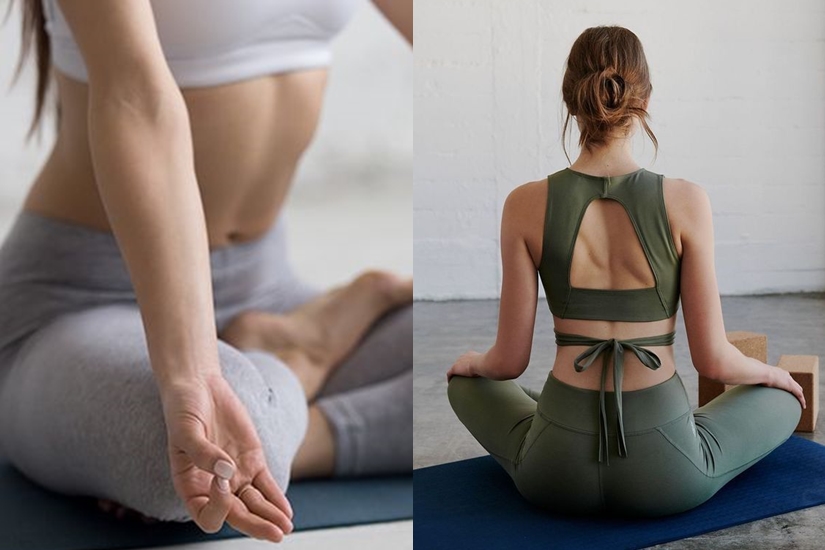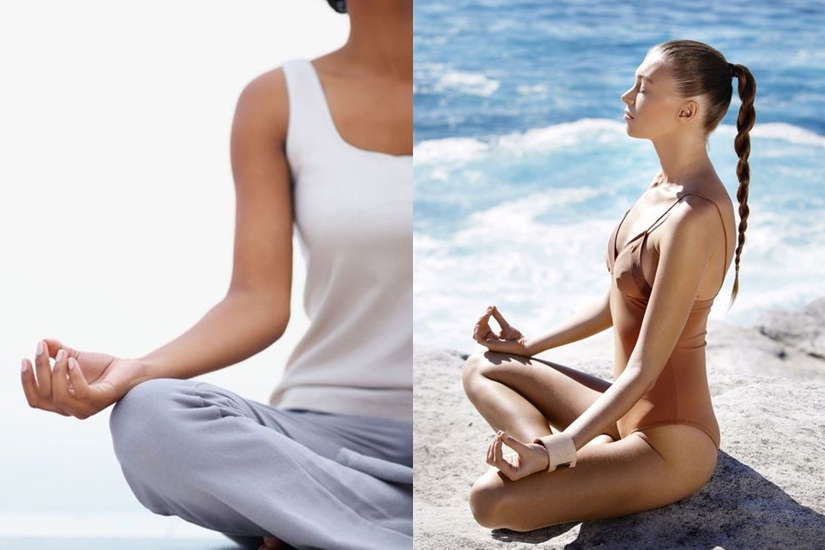Living in this chaotic and ever-changing world, sometimes it is necessary to let your thoughts and emotions settle properly before starting anew. In recent years, more and more people have started to practice “Meditation” by closing their eyes, sitting cross-legged, and taking deep breaths to adjust their mood, relieve worries, and find the innermost peaceful sanctuary. Although meditation may seem simple, many people find it difficult to achieve, as they struggle to let go of their chaotic and complex emotions, possibly influenced by external factors. If you are a beginner in meditation, you may want to consider the following 6 tips recommended by experts to help you reach the optimal state of meditation faster.

// 1 :建構舒適的冥想環境 //
Imagine, if you are in a scattered and messy environment, how can you calm down and meditate? Therefore, before starting meditation, please tidy up the environment, put things back in their original positions, make everything orderly; you can also carefully decorate, such as placing some potted plants and small decorations, making the overall appearance more beautiful, naturally making your mind more comfortable, and speeding up the process of entering a suitable state for meditation. In addition, you can prepare a meditation mat and crystals to make the meditation process more ceremonial and more effective.

// 2 :創作蘊含正能量的口頭禪 //
Many people find it easy to be distracted during meditation, so experts suggest creating a positive affirmation beforehand, such as “I can persevere” or “I am very patient,” and silently reciting it in your mind during meditation practice. This can help eliminate distractions, enhance focus, and infuse positive energy into the meditation session.

// 3 :循序漸進 //
When you first try meditation, there is no need to force yourself to achieve a long-term goal, as the more you push yourself, the harder it will be for your mind to calm down, affecting the effectiveness of meditation. Experts suggest that you can gradually start with a short 5-minute session, first learning to appreciate the beauty that meditation brings, and then gradually increasing the duration. Additionally, you can set a timer to count down to avoid constantly checking the time and interrupting the meditation process.
// 4 :練習正確的呼吸法 //
Correct breathing is the cornerstone of making meditation more effective, so we can do basic breathing exercises in our daily lives to prepare for meditation, whether it’s during work, commuting, or waiting in line. Experts teach us to start by inhaling through the nostrils for 5 counts, holding for 5 seconds at the last count, then exhaling through the nostrils for 5 counts, holding for 5 seconds at the last count as well, repeating this cycle 5 times, then returning to normal breathing rhythm.

// 5 :不過分要求自己 //
During meditation, it is impossible to ask yourself not to think about anything else completely. Even if you have a high level of concentration, there will inevitably be moments of distraction. But does this mean that the meditation process is not done well? Not at all! Brief distractions are absolutely permissible, as long as you can quickly return to your original state.

// 6 :抱持著感恩的心 //
During meditation, we can hold a grateful heart, think more about the people and things we are grateful for. This can activate our “reticular activation system” (RAS), helping to convey information related to emotions we have already perceived, which will drive us to seek more people and things worth being grateful for in daily life, replacing the generation of other negative emotions, which is beneficial for our physical and mental well-being.
資料及圖片來源: The Zoe Report , Pinterest

